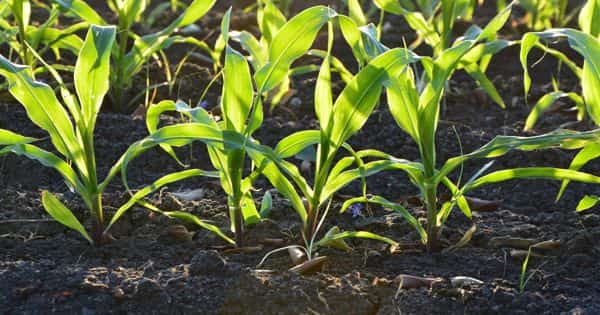Nitrogen, along with phosphorus and potassium, is one of the three macronutrients required by plants for growth and development. Nitrogen-rich conditions promote plant growth, particularly stem and leaf growth, while delaying flowering. Low-nitrogen conditions, on the other hand, cause some plants to switch from growth to reproductive mode, thereby accelerating flowering. The molecular mechanisms that control flowering under these conditions, however, are unknown.
A team of scientists led by Associate Professor Takeo Sato of Hokkaido University’s Graduate School of Life Science discovered the molecular mechanism that causes Arabidopsis flowering to be accelerated under low nitrogen conditions. Their findings were published in the Proceedings of the National Academy of Sciences of the United States of America journal (PNAS).
Scientists from Japan, Europe, and the USA have described a pathway leading to the accelerated flowering of plants in low-nitrogen soils. These findings could eventually lead to increases in agricultural production.
Nitrogen (N) is a vital nutrient for plants, but it is frequently a limiting factor in plant growth and crop yield. Plants have evolved adaptive responses to N deficiency, including anthocyanin accumulation. However, it is still unknown whether the anthocyanins accumulated are components of plant tolerance under low N stress.
Arabidopsis, a cruciferous plant, is well known in biology as a model plant with a large database of protein expression. The team first identified a set of proteins involved in flowering that became active as a result of nitrogen level changes in the current study. The gene regulation factor FLOWERING BHLH 4 was one of these (FBH4). This protein was discovered to be responsible for accelerated flowering under low-nitrogen conditions in experiments using FBH4 deficient plants.

Because plants are non-motile organisms, they have evolved complex sensing and signaling mechanisms that allow them to robustly monitor and respond to the dynamic changes in their surroundings. Carbon (C) and nitrogen (N), among other environmental factors, are critical for plants to perform routine and fundamental cellular activities. C compounds include a variety of carbohydrates, most notably sucrose (Suc) and glucose (Glc), and these photosynthetic products provide both energy and C-skeletons for ammonium assimilation during amino acid biosynthesis.
Further research revealed that FBH4 is heavily phosphorylated by another protein known as SnRK1. Low-nitrogen conditions inhibit SnRK1 activity, resulting in FBH4 dephosphorylation. Dephosphorylated FBH4 enters the nucleus and activates flowering-related genes. Dephosphorylated FBH4 is also in charge of regulating the expression of other genes important for plant survival in low-nitrogen environments, particularly those involved in nitrogen recycling and remobilization.
The researchers came to the conclusion that, in response to low nitrogen levels, Arabidopsis plants appear to precisely control gene expression related to developmental and metabolic processes required for flowering via FBH4. “The FBH gene family is found in major crop plants,” says Takeo Sato. “Under low-nitrogen conditions, crop plants exhibit early flowering; if we can control FBH activities in these crop plants, it may be an effective way to sustainably increase agricultural production.”
Excess nitrogen is now nearly as common as a deficiency, and it can harm both human and ecosystem health. Nitrogen leaking from overly enriched soils can pollute groundwater, rendering it unfit for human or animal consumption. Furthermore, the movement of soluble nitrogen compounds from soils to aquatic systems can upset the balance of those systems, resulting in algae blooms, decreased dissolved oxygen levels, and the death of fish and other aquatic species. Another way nitrogen connects soils to the larger environment is the ozone-depleting and climate-forcing action of nitrous oxide gas produced in soils. Clearly, soil processes are central to the global nitrogen cycle. The ecological, financial, and environmental stakes for the management of soil nitrogen are very high, indeed.
















